Navigating the World of Makgeolli: A Closer Look at Types and Ingredients
If you’ve ever found yourself surrounded by the vast array of Makgeolli bottles in the market and wondered where to start, you’re not alone. With numerous types vying for attention, it’s easy to feel overwhelmed. Fear not, as we’re here to guide you through the basics.
In this post, we’ll delve into the world of Makgeolli, breaking down the dominant types and providing a foundation for your journey into the intricate details. Consider this your first step in understanding the rich diversity of this traditional Korean rice wine.
Let’s kick things off by exploring some key ingredients that contribute to the unique flavors of Makgeolli. By gaining insight into what goes into your drink, you’ll be better equipped to savor and appreciate the nuances of this beloved beverage. So, grab your favorite Makgeolli, sit back, and join us on this exploration of taste and tradition. Cheers to discovering the essence of Makgeolli!
Sweeteners

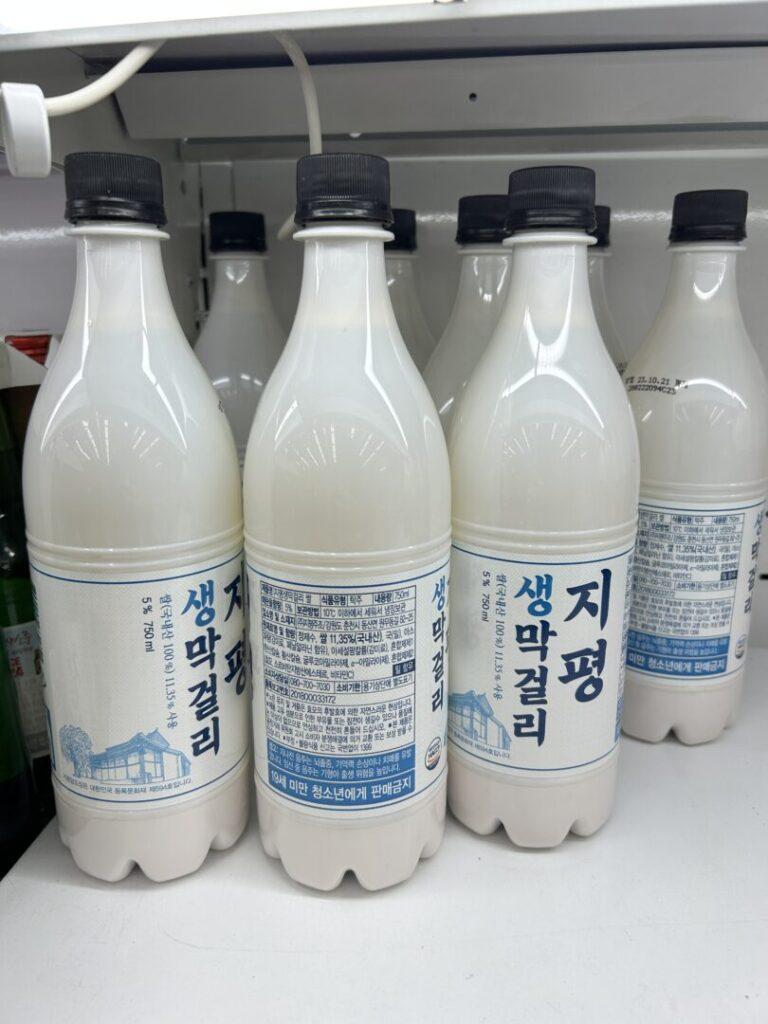
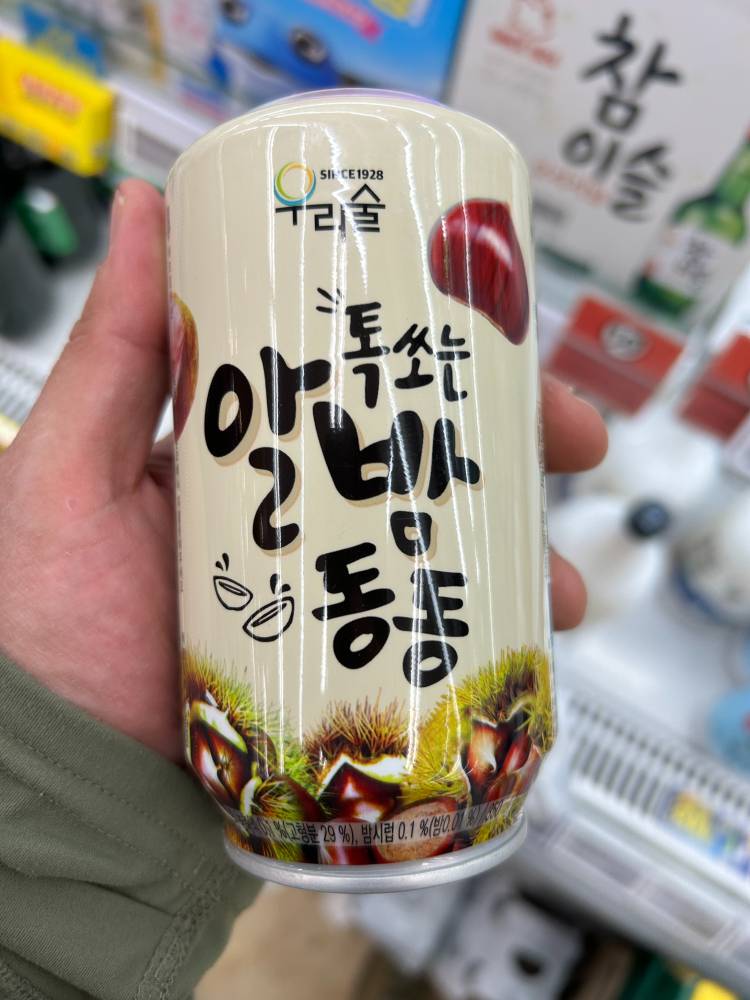
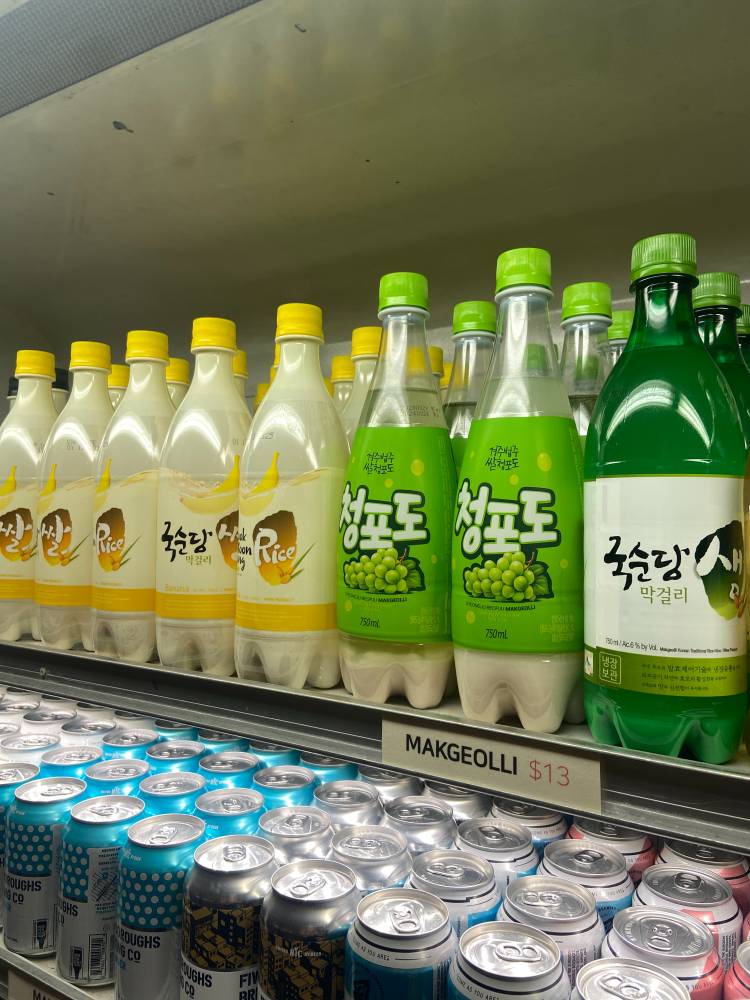

- Aspartame
- Stevia
- Saccharin Nitrium
- Acesulfame Potassium
- Xylitol
Why do some Makgeolli use different types of enzymes and not just nuruk?
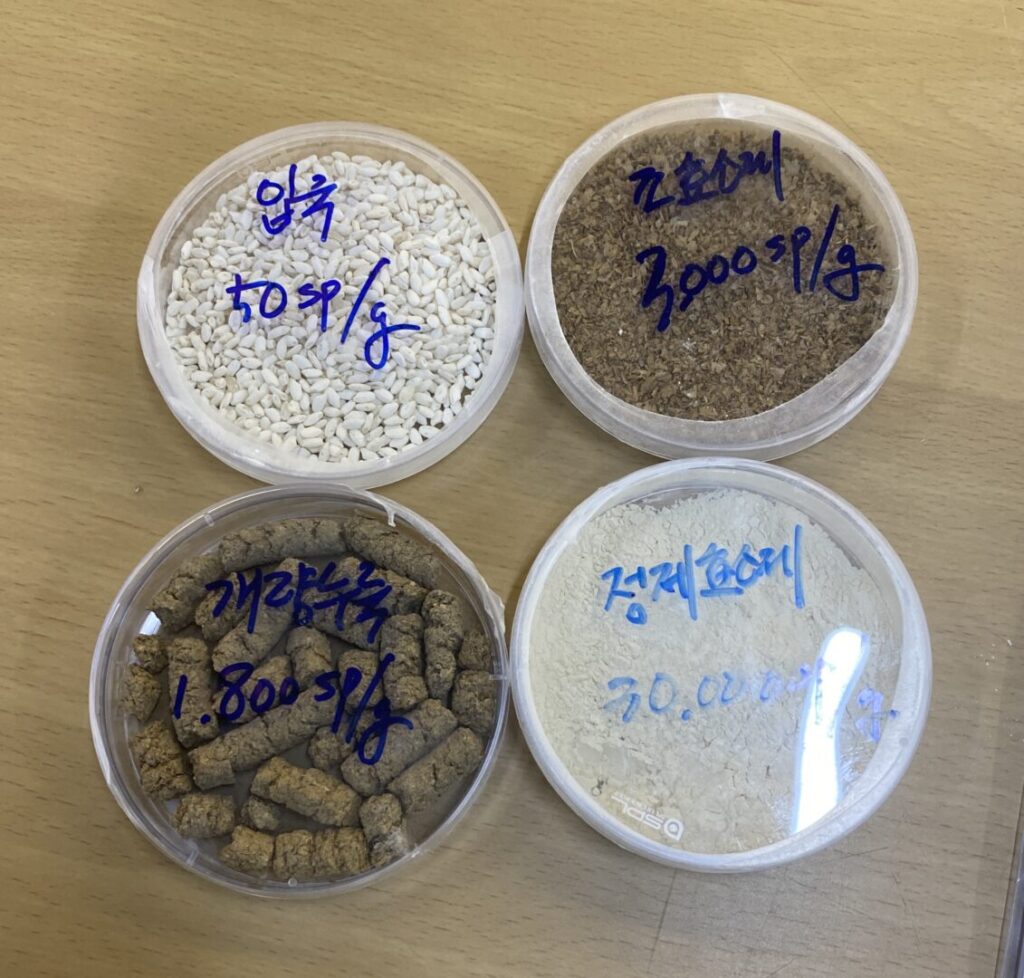
When diving into the world of traditional Makgeolli, your primary companion is nuruk which is a wild yeast. However, in today’s modern era of Makgeolli crafting, everything undergoes a significant scale-up. Breweries are now producing larger batches, all with the overarching aim of ensuring top-notch quality control.
In the traditional realm of Makgeolli, it’s all about placing your trust in nuruk or wild yeast. Yet, in our contemporary era of Makgeolli crafting, we witness a considerable upscaling of the process. Breweries are now churning out larger batches, driven by the overarching goal of upholding stringent quality control standards, so the answer is when it comes to more commercial breweries they tend to use different types of enzymes who’s solely main role is the breaking down of starch or saccharification, which also later on you’d have to add yeast separately in order to convert alcohol.
Back in the day, especially in the realm of traditional Makgeolli, the addition of yeast wasn’t a concern. Why? Well, the fermentation starter, known as nuruk, packed all the essential yeasts needed to work its magic and produce alcohol. Using these specific enzymes in order to break starch and adding yeast takes part in the more modern way of making Makgeolli. Many breweries however do add a little of Nuruk or wild yeast to add some extra character into their Makgeolli.
The problem with using these specific enzymes for Makgeolli is that it usually affects its flavor greatly. A good example I always share is more traditional or naturally fermented Makgeolli using Nuruk will yield the best natural well-rounded flavors, but on the other hand as soon as you don’t use nuruk there’s a more uniform or simplified type of taste that seems quite similar among many Makgeolli bottles you’ll find.
What’s the meaning of 국 Guk and 곡 Gok?
Let’s delve into the intriguing realm of our fermentation starter. When it comes to 곡 Gok, it signals the use of wild yeast or the tried-and-true traditional nuruk. On the flip side, the presence of 국 Guk indicates a different enzyme at play in the Makgeolli-making process. Makgeolli allows for the use of various enzymes, each wielding its unique saccharification power.
The crux of the matter lies in how these enzymes break down starch, paving the way for diverse outcomes. Whether you’re aiming for the refined simplicity of Cheongju or the delightful complexity of Makgeolli, the choice of the enzyme becomes a crucial determinant. Each enzyme brings its distinct touch to the process, influencing the final character of the libation being crafted. It’s this nuanced interplay that makes the world of Makgeolli and its enzymes a fascinating exploration of flavors and possibilities.
Why is there lactic acid ?
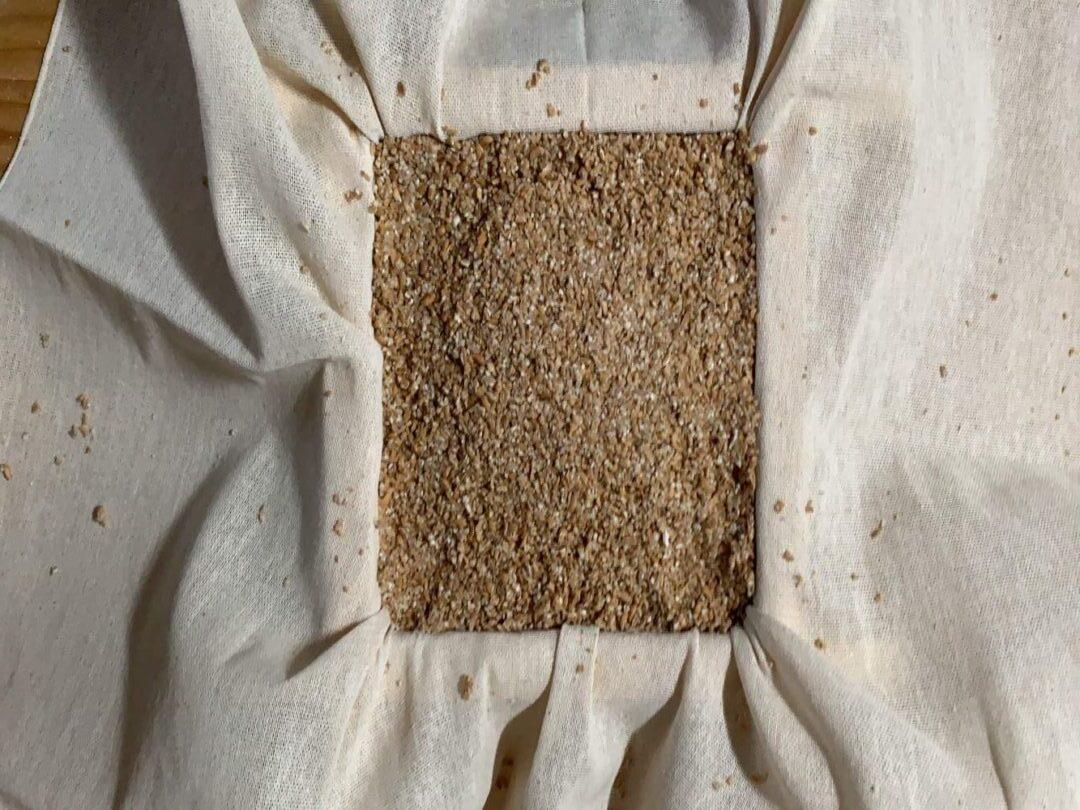
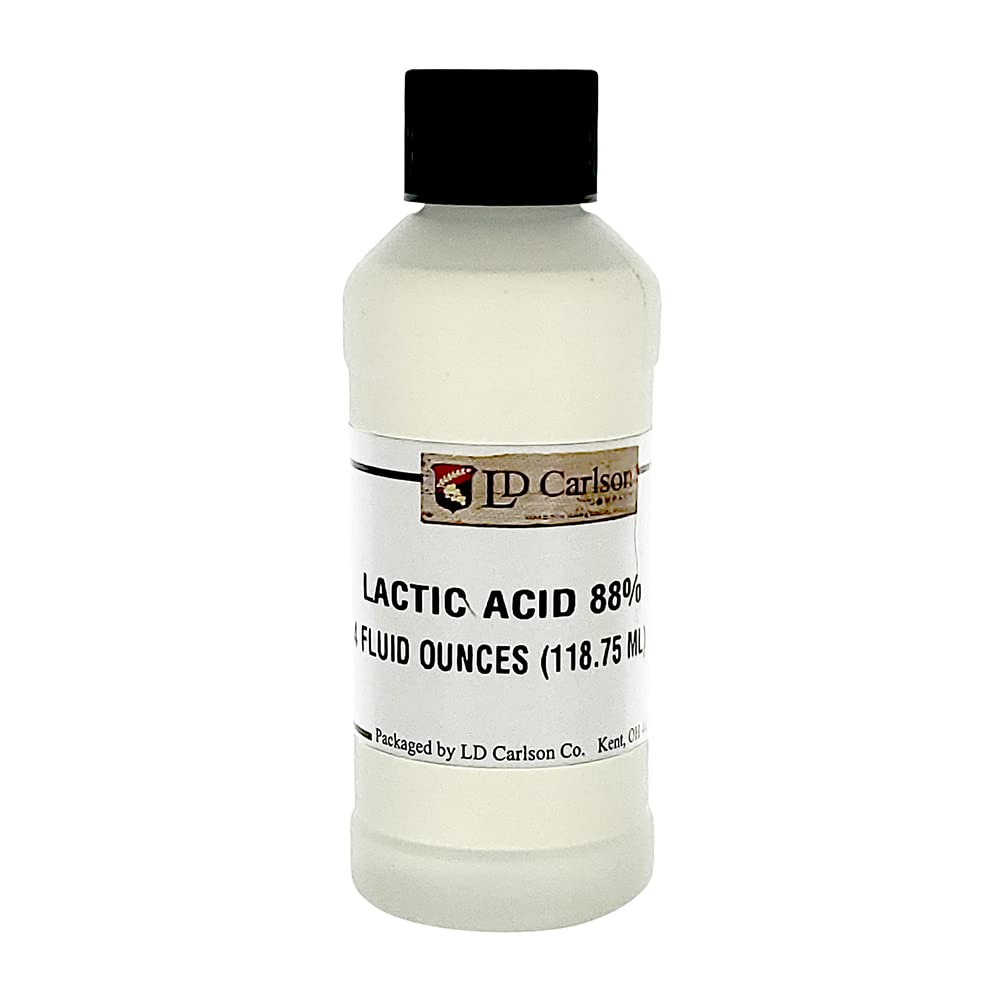
In the fascinating world of fermentation, microorganisms—be it bacteria or yeast—take center stage, breaking down sugars and leaving behind a trail of lactic acid as a byproduct. This dance of transformation is not unique; you’ll find it in the making of various delights, from yogurt to sauerkraut.
The role of lactic acid is twofold. First and foremost, it adds that distinctive tangy flavor we often associate with fermented goods. Secondly, it acts as a natural preservative, crafting an acidic environment that acts as a fortress, fending off the unwanted advances of harmful bacteria. It’s this delicate balance of flavor enhancement and preservation that makes lactic acid a star player in the fermentation process.
In more modern commercial Makgeolli, when breweries don’t use traditional Nuruk, they’ll often add lactic acid in order to stabilize fermentation.
Rice
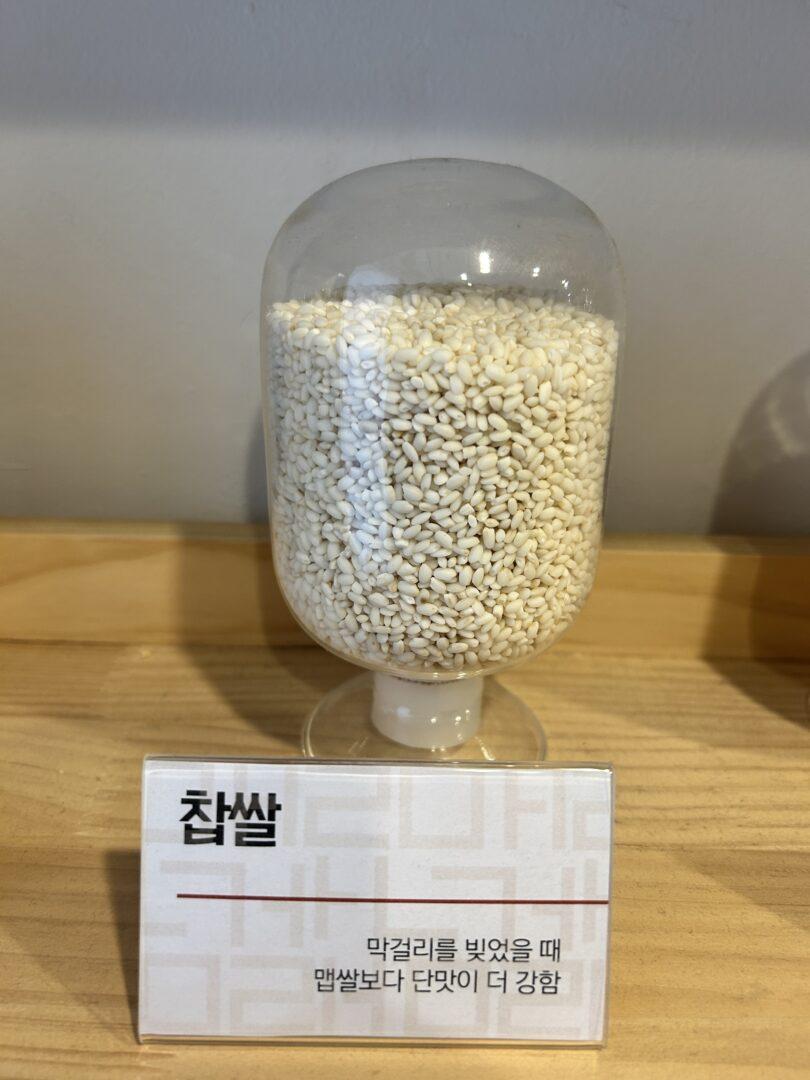
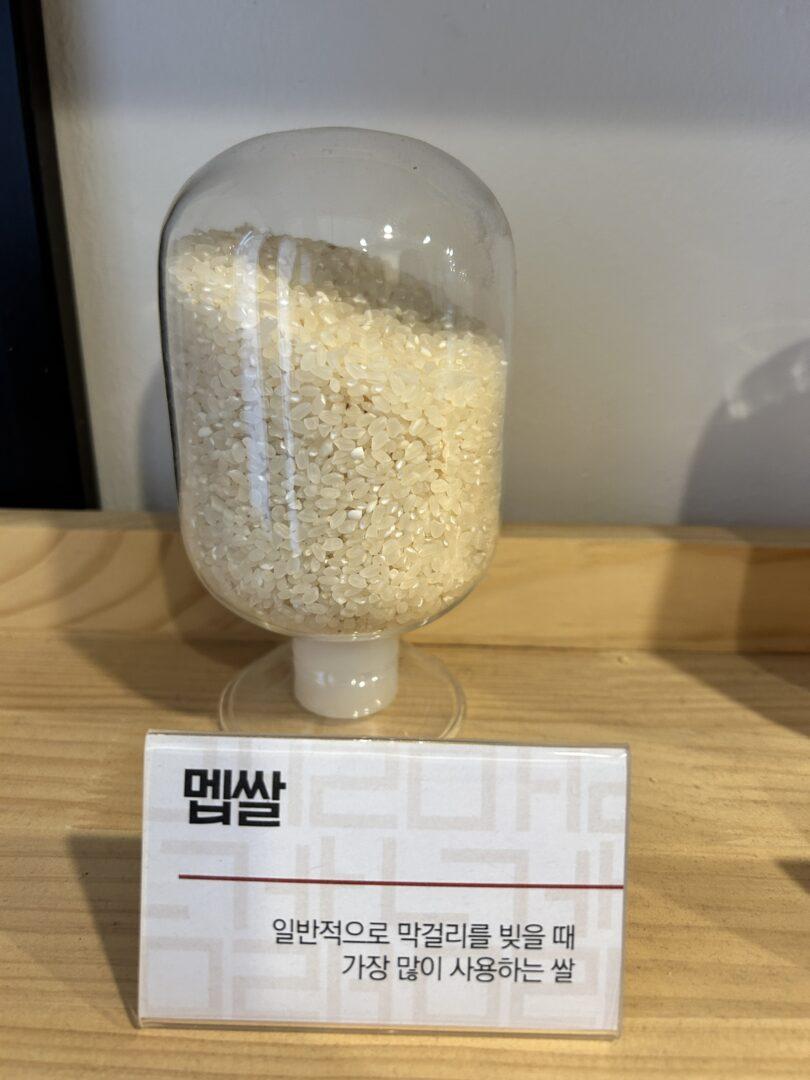
When venturing into the world of Makgeolli, rice takes the spotlight, and there are two key players: Chapssal and Mebssal.
Chapssal, known as sticky or glutinous rice, brings a touch of sweetness to the Makgeolli game. On the other hand, Mebssal, the non-glutinous counterpart, is the everyday rice we’re accustomed to on our plates.
Chapssal finds its niche in the realm of rice cakes and makes cameo appearances in dishes like Korean Ginseng Soup or Samgyetang.
What’s noteworthy about rice in Korea is that both Chapssal and Mebssal fall under the category of short-grain rice or Japonicus rice. So, when it comes to the foundation of Makgeolli, these rice varieties play a crucial role in shaping the flavor and texture of this beloved traditional drink.
팽화미 - Peng Hwa Mi
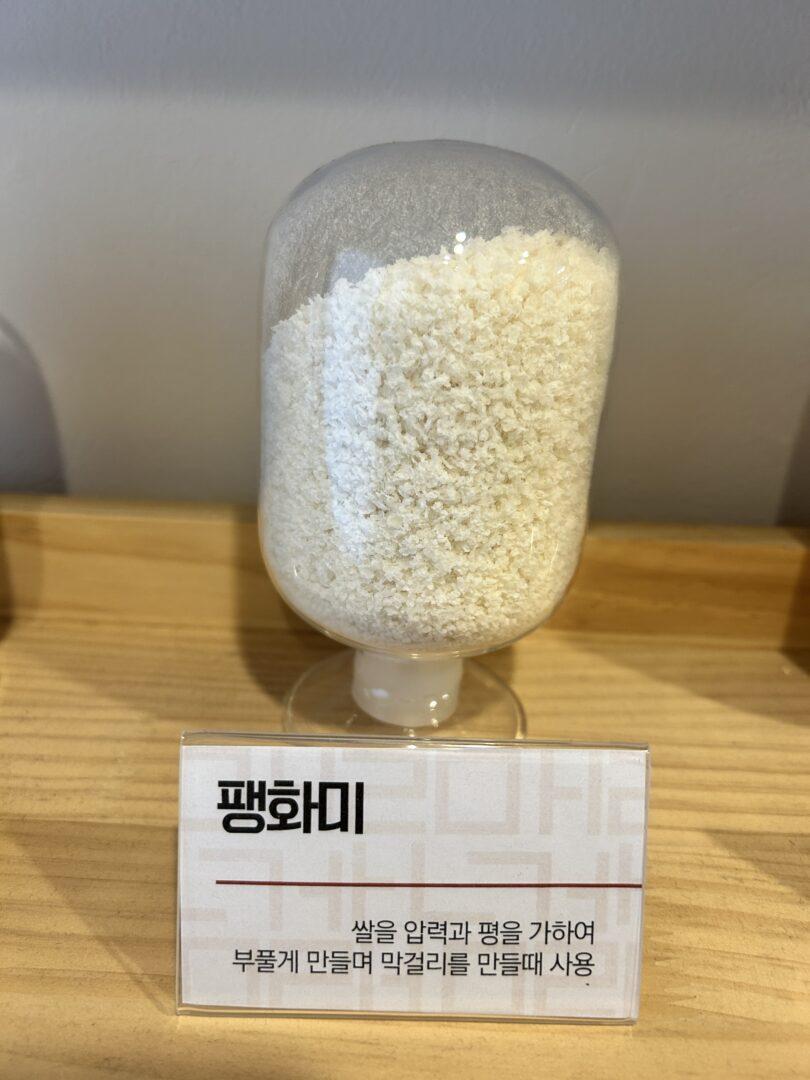
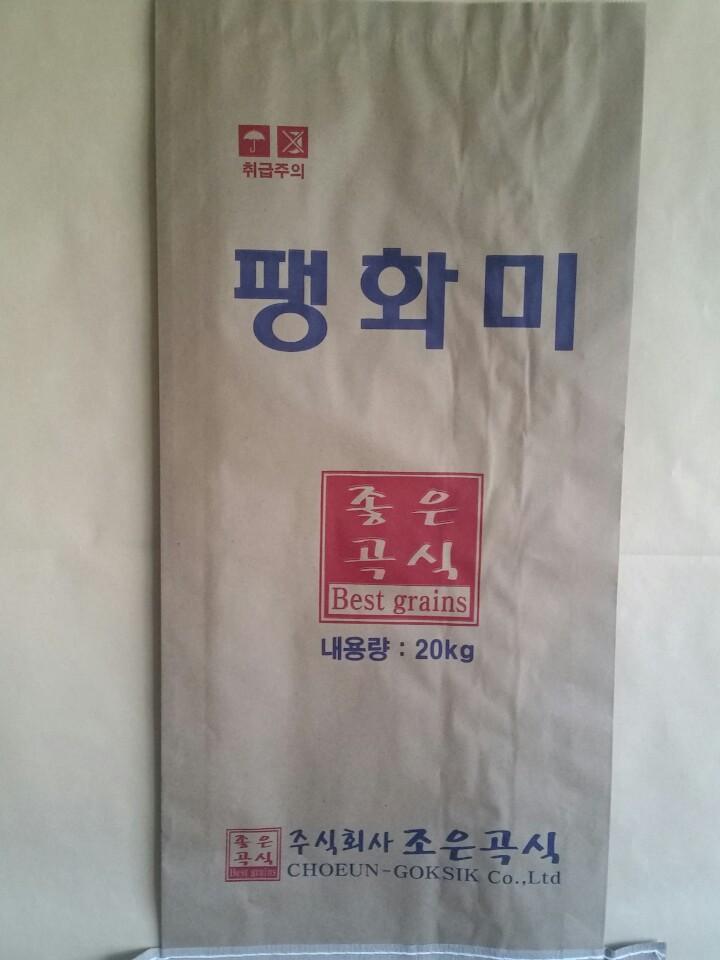
Peng Hwa Mi, also known as puffed rice or popped rice, has various translations. It is extensively utilized in commercial sweet aspartame-type Makgeolli because, all in all, it serves as a cheap substitute for rice.
To provide some perspective, when purchasing rice in bulk for Makgeolli making, here are the approximate costs:
Domestic rice averages around 2,200 to 2,500 won per kilogram, while imported rice costs approximately 1,500 won, and puffed rice comes in at about 700 won.
Another reason puffed rice is so popular, besides being affordable, is that it also boasts a longer shelf life compared to fresher and more natural rice.
Koji

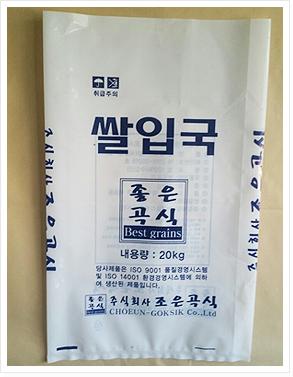
When venturing into the world of Makgeolli, rice takes the spotlight, and there are two key players: Chapssal and Mebssal.
Chapssal, known as sticky or glutinous rice, brings a touch of sweetness to the Makgeolli game. On the other hand, Mebssal, the non-glutinous counterpart, is the everyday rice we’re accustomed to on our plates.
Chapssal finds its niche in the realm of rice cakes and makes cameo appearances in dishes like Korean Ginseng Soup or Samgyetang.
What’s noteworthy about rice in Korea is that both Chapssal and Mebssal fall under the category of short-grain rice or Japonicus rice. So, when it comes to the foundation of Makgeolli, these rice varieties play a crucial role in shaping the flavor and texture of this beloved traditional drink.


